Celestial Navigation, Cont.
Our Hands-on Workshop (out on deck)
Speaker: Steve Miller
Now we get to go out into the Sun and fresh sea air to actually do a Sun Sight with our sextant and watch. A Sight will be done approximately 10 minutes before our calculated time of noon, another Sight at the noon time, and then a final Sight at approximately 10 minutes after the time of noon. Later than evening, we’ll go back out on deck to “shoot” Polaris. We only have a window of about 35 minutes to do so, as you learned in our previous session.
Determining Our Latitude and Longitude at Noon
Speaker: Steve Miller
Here we will “reduce” our Noon sight to get our Latitude and Longitude at noon from the information we collected in the first half of our last session.
Determining Our Latitude and Longitude From Our Polaris Sight
Speaker: Steve Miller
In this session we will determine our Latitude from our Polaris Sight. We will also discover how all the information “fits together” in the overall picture of our Navigating by Celestial.
Beyond Our Solar System
The Race to Find New Solar Systems
Speaker: Alan Boss, Ph.D.
The first robust evidence for a planet outside our Solar System appeared in 1995, in spite of decades of searching by ground-based telescopes using the astrometric detection technique. Somewhat surprisingly, a little-known Swiss team was able to discover the first extrasolar planet in orbit around a sun-like star, 51 Pegasus, by using a different technique, that of Doppler spectroscopy, to measure the wobble of the host star about the center of mass of the star-planet system. Once the 51 Pegasus exoplanet was confirmed, the floodgates opened wide, and Doppler spectroscopy has become the method of choice for exoplanet discoveries, though other techniques (pulsar timing, transit photometry, gravitational microlensing, and direct imaging) have also found success. Astrometry, however, still awaits its first detection.
The Search for Living Planets
Speaker: Alan Boss, Ph.D.
What are the chances that life exists elsewhere in the universe? Astronomers have discovered over 400 planets outside the solar system, and are on the verge of determining what fraction of sun-like stars shelter habitable worlds similar to Earth. The expectation is that most such stars will harbor habitable worlds, and hence that life will be commonplace in our galaxy, and throughout the universe as well. NASA’s Kepler Mission will determine the frequency of Earth-like planets by 2013. NASA then has plans to build other space telescopes that will discover the Earth-like planets closest to our Solar System, and characterize their atmospheres by detecting molecular features in their spectra. The detection of biomarkers such as water, carbon dioxide, oxygen, and methane may allow us to determine whether these worlds are not only habitable, but perhaps even inhabited.

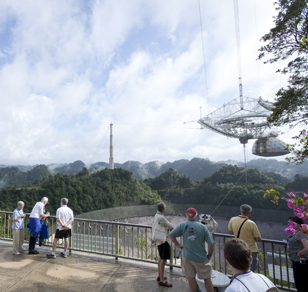
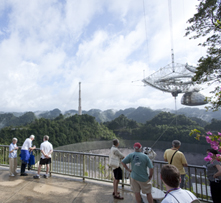



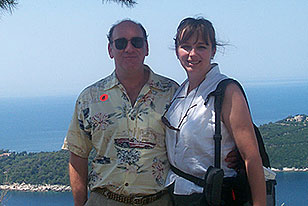
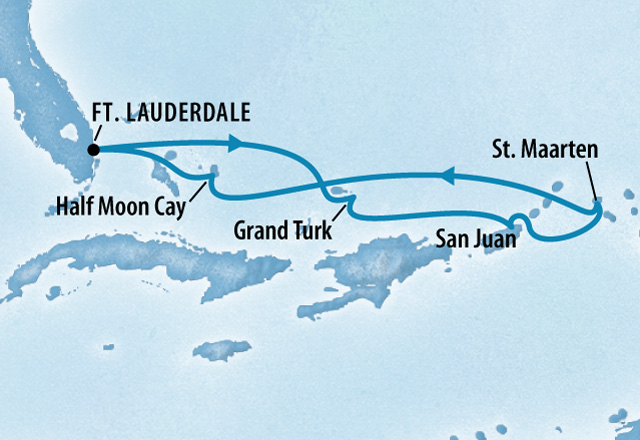






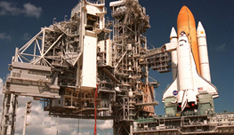

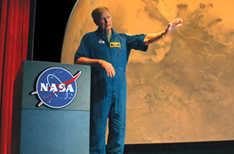
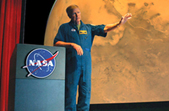
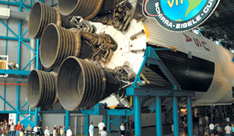
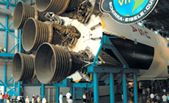
 Transmission of the Arecibo message to star cluster M13 in 1974 marked the remodeling of the telescope we’ll be visiting (see below). The 73 row by 23 column message depicts: the numbers one through 10; the atomic numbers of the elements hydrogen, carbon, nitrogen, oxygen, and phosphorus (the components of DNA); the formulas for the sugars and bases in the nucleotides of DNA; the number of nucleotides in DNA, and a graphic of the double helix structure of DNA; a graphic figure of a human, the dimension (physical height) of an average man, and the human population of Earth; a graphic of Earth’s solar system; and, a graphic of the Arecibo radio telescope and the the physical diameter of the transmitting antenna dish. For a full explanation of this data, visit the
Transmission of the Arecibo message to star cluster M13 in 1974 marked the remodeling of the telescope we’ll be visiting (see below). The 73 row by 23 column message depicts: the numbers one through 10; the atomic numbers of the elements hydrogen, carbon, nitrogen, oxygen, and phosphorus (the components of DNA); the formulas for the sugars and bases in the nucleotides of DNA; the number of nucleotides in DNA, and a graphic of the double helix structure of DNA; a graphic figure of a human, the dimension (physical height) of an average man, and the human population of Earth; a graphic of Earth’s solar system; and, a graphic of the Arecibo radio telescope and the the physical diameter of the transmitting antenna dish. For a full explanation of this data, visit the